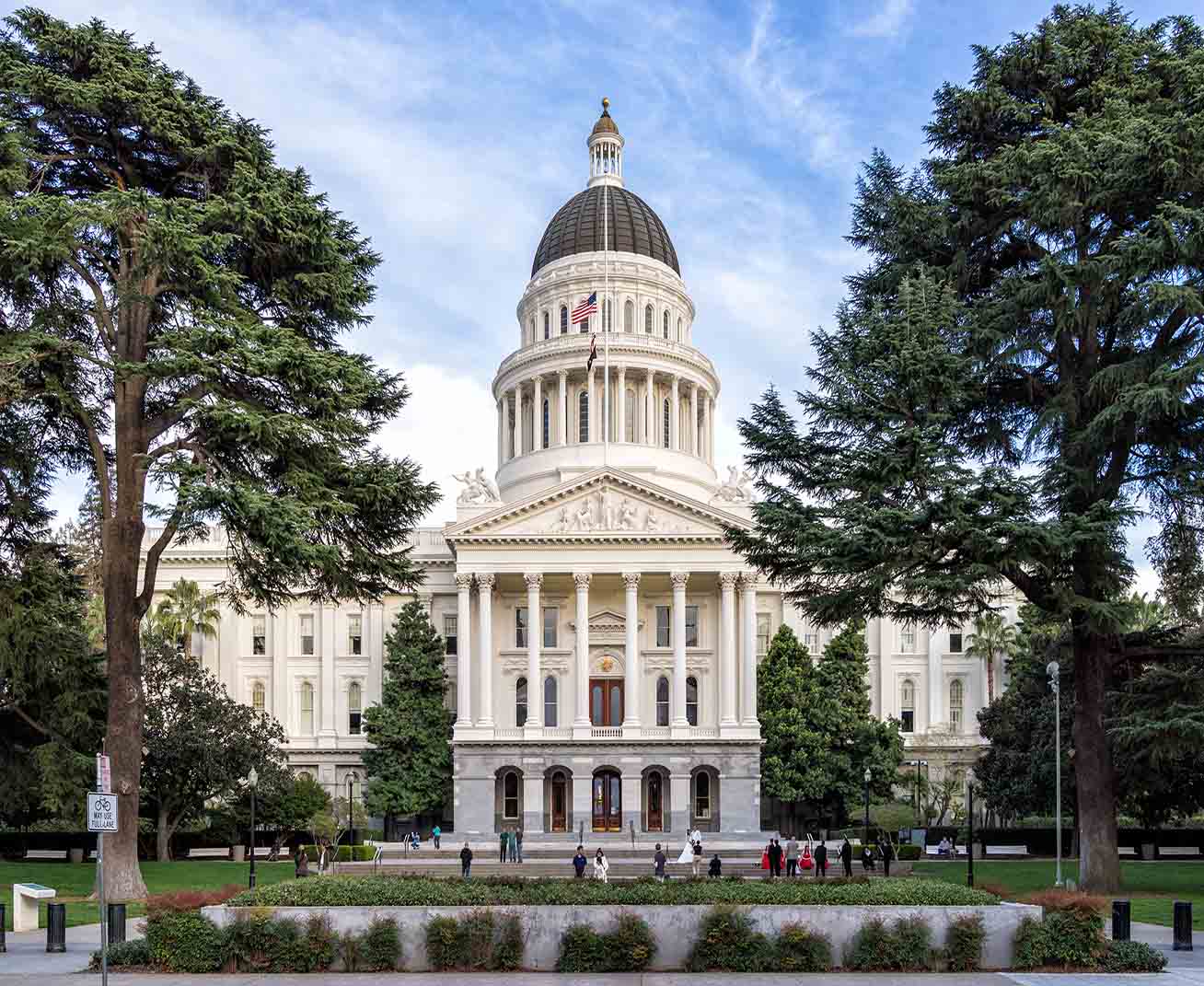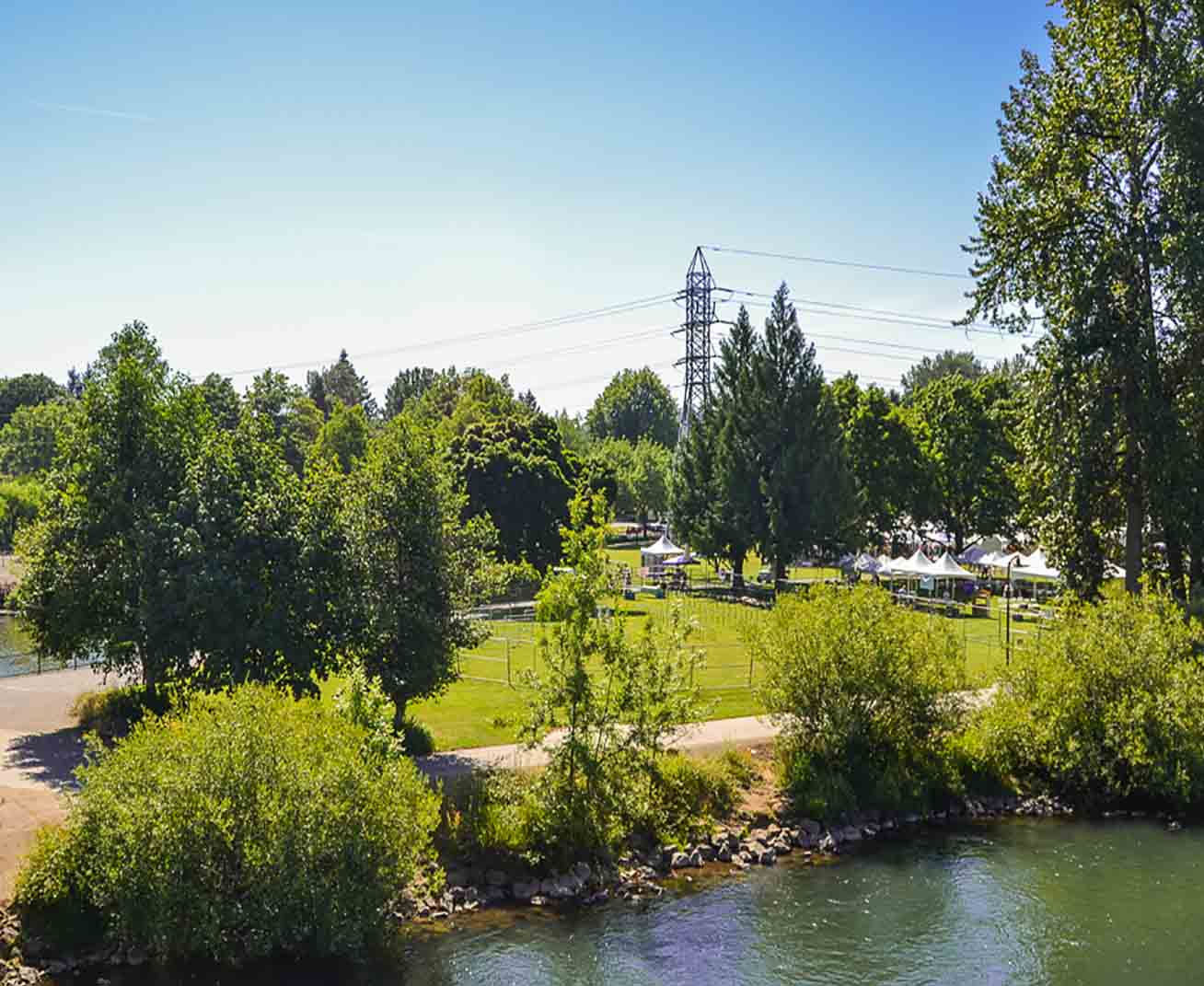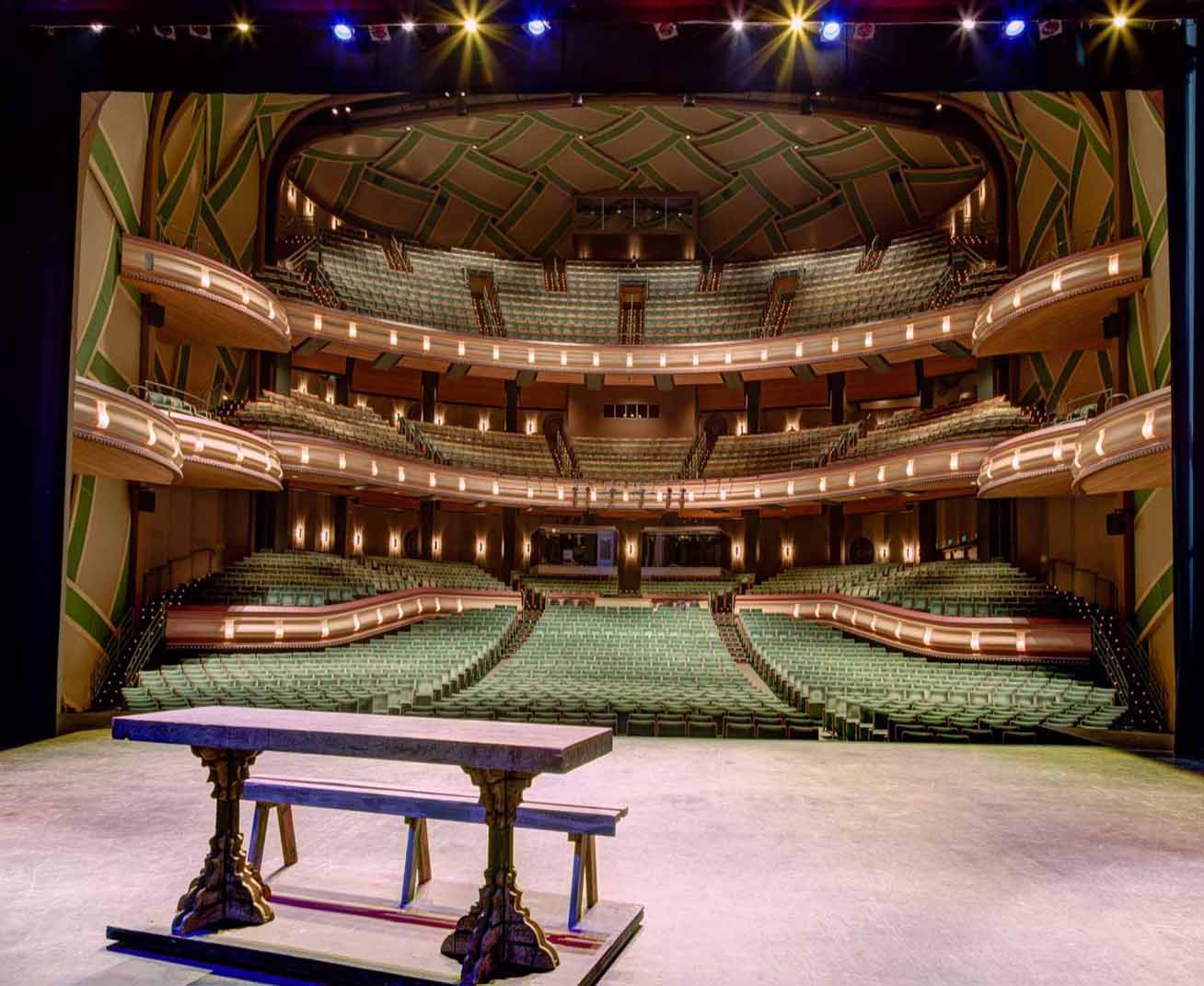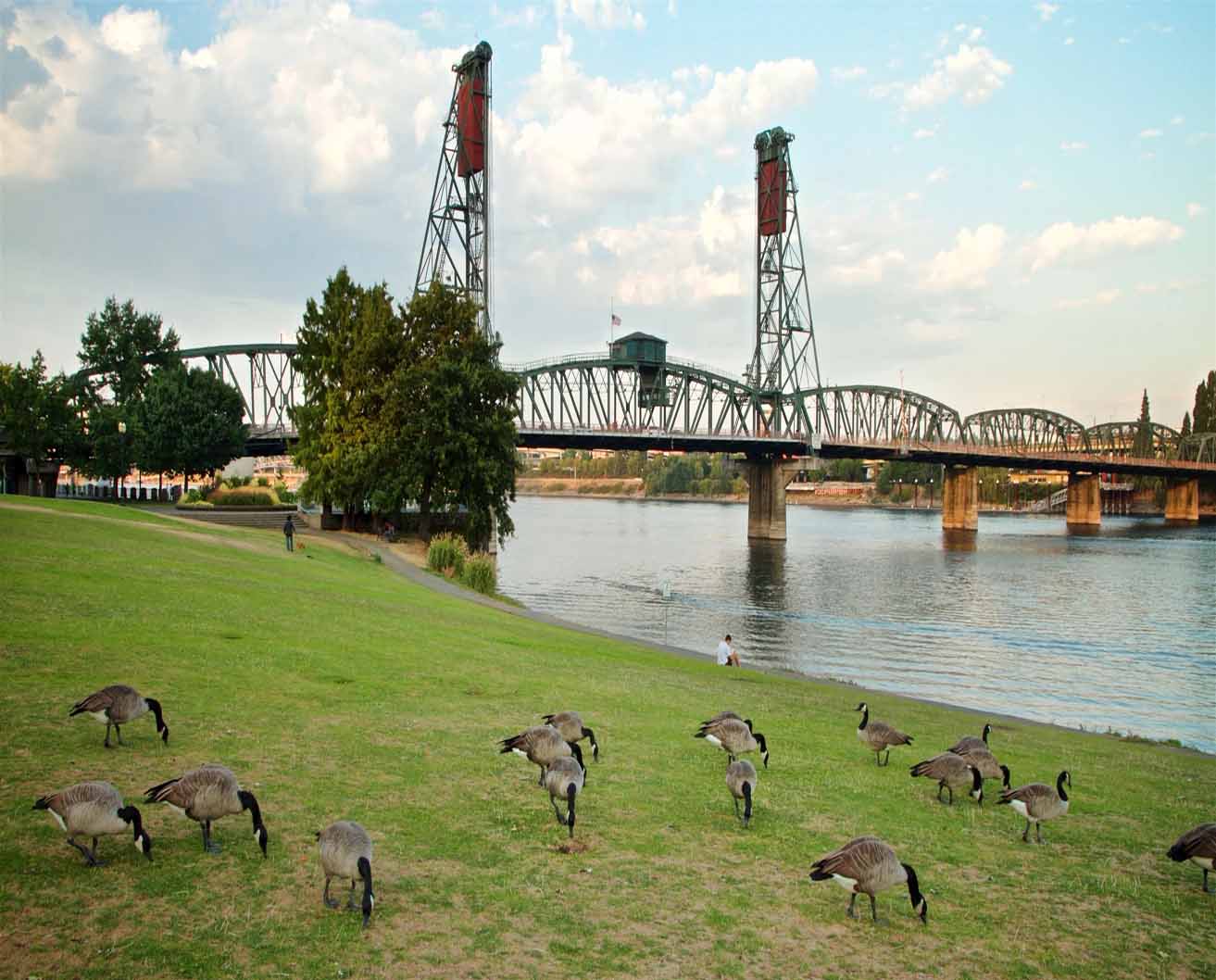The first time I arrived in Sacramento, I was immediately struck by the quiet dignity of a city that often gets overshadowed by its California neighbors. Unlike Los Angeles or San Francisco, Sacramento doesn’t announce itself with bright lights or constant hustle. Instead, it invites you to look closely: at its tree-lined streets, the calm of the Sacramento River, and most importantly, at its landmarks—buildings that tell stories about history, politics, art, and culture.
Over the years, I’ve walked, cycled, and driven past nearly every corner of the city, always returning to certain landmarks that feel like touchstones, places that encapsulate Sacramento’s essence. Each visit brings a new discovery: a historical detail I hadn’t noticed, a unique architectural flourish, or a story whispered by a docent in a quiet hall. In this piece, I want to take you through my personal journey of Sacramento’s must-visit landmarks, sharing not just facts but the experiences and emotions I’ve felt while exploring them.
Along the way, I’ll provide practical details: locations, ticketing costs, recommended booking platforms, and tips for maximizing your visit.
California State Capitol
Location: 1315 10th St, Sacramento, CA 95814
Standing in front of the California State Capitol for the first time, I was struck by its neoclassical grandeur. The building’s white stone facade, towering columns, and gleaming dome make it an unmistakable symbol of the state’s political heart. Inside, the corridors are lined with portraits of governors and legislative chambers that echo with history.
Walking through the legislative chambers, I felt a sense of reverence. It’s one thing to read about the Gold Rush or legislative battles in textbooks, but quite another to stand in the room where decisions were debated and laws enacted. The Capitol Museum, included in the visit, is full of artifacts from California’s past—furniture, historical documents, and exhibits that illustrate both triumphs and struggles.
Cost & Booking: Admission is free, though guided tours are available and can be booked in advance through the California State Capitol Museum website. I’ve also used Viator for guided historical tours that provide additional context you won’t get on your own.
Tips: Arrive early in the morning to avoid school groups and crowds. The gardens surrounding the Capitol are perfect for a quiet stroll or picnic, especially during spring when the flowers bloom.
Old Sacramento Waterfront
Location: Along the Sacramento River, 2nd Street to 5th Street
Old Sacramento is where the city’s Gold Rush history feels alive. Walking along the wooden boardwalks and restored brick streets, I often close my eyes and imagine the city as it was in the 1850s, with horse-drawn carriages clattering past and miners rushing off to try their luck.
The district is filled with historic buildings, museums, and boutique shops. The California State Railroad Museum, which I’ll detail separately, anchors this area, but even strolling past old warehouses and saloons is enough to evoke a sense of time travel.
Cost & Booking: Walking the district is free. Individual museums, like the Wells Fargo History Museum, often have modest entry fees (\$5–\$12). Tickets can be booked through Tripadvisor or directly via museum websites.
Tips: Wear comfortable shoes—the wooden planks and cobblestone streets can be uneven. Try to time your visit for late afternoon when the light reflects beautifully off the river.
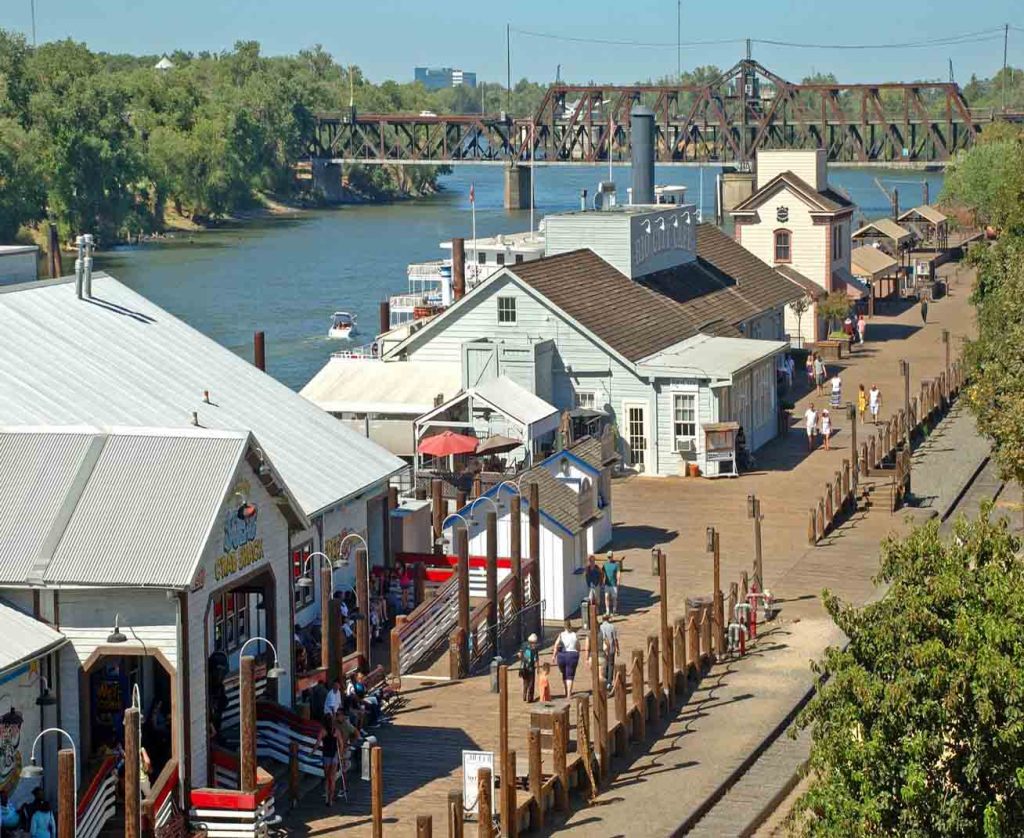
California State Railroad Museum
Location: 125 I St, Sacramento, CA 95814
For me, the California State Railroad Museum is a highlight of any trip to Sacramento. As soon as I stepped inside, I was transported into the age of steam, where giant locomotives, polished wood, and intricate brass details filled the halls. The museum is massive, with restored trains that visitors can walk through and interactive exhibits that show how railroads shaped California and the American West.
The exhibits don’t just display trains; they tell stories. I spent hours reading about the workers who built the railroads, the immigrants who endured harsh conditions, and the innovations that made cross-country travel possible. My kids were fascinated by the model train displays, while I lingered in the locomotive restoration areas, admiring craftsmanship that seems impossible in the modern age.
Cost & Booking: General admission is around \$12 for adults, \$6 for children aged 6–17, and free for kids under 6. For special guided tours or educational programs, I’ve used Viator or the museum’s official site to book tickets in advance.
Tips: Allocate at least two to three hours. If possible, visit on a weekday to avoid the weekend crowds. There’s a small café nearby for snacks and coffee.
Tower Bridge
Location: Spanning the Sacramento River, connecting Sacramento to West Sacramento
The Tower Bridge is one of the most iconic structures in Sacramento. Its golden steel towers and vertical lift design make it both functional and visually striking. Walking across it for the first time, I felt like I was part of the city’s heartbeat—the river flowing beneath, boats drifting lazily, and the skyline of Sacramento stretching out before me.
It’s particularly beautiful at sunset. I’ve often taken a camera just to capture the reflection of the bridge in the water, with the city skyline framed perfectly behind it.
Cost & Booking: Free to walk or drive across. There’s no need for tickets.
Tips: For photos, morning light is also excellent. Pedestrian paths are safe, but be cautious of cyclists sharing the route.
Crocker Art Museum
Location: 216 O St, Sacramento, CA 95814
The Crocker Art Museum is a space where history and contemporary culture coexist. I remember the first time I stepped inside and found myself wandering from 19th-century California art to international contemporary exhibits. It’s one of those places where you can spend hours without feeling rushed, discovering new perspectives around every corner.
The museum also hosts family-friendly programs. I brought my niece once, and she loved the hands-on art workshops, which complemented the visual experience. For me, the European collection and California Impressionist galleries were highlights.
Cost & Booking: General admission is around \$15 for adults, \$12 for seniors, \$12 for college students, and free for children under 5. Tickets can be purchased through the Crocker Art Museum website or platforms like Viator.
Tips: Check for free admission days, often offered monthly. Photography is allowed in some areas but not all, so ask before taking pictures.
Leland Stanford Mansion
Location: 800 N St, Sacramento, CA 95814
Stepping into the Leland Stanford Mansion feels like stepping back into the Gilded Age. Once the private residence of Leland Stanford, it now serves as a state historic park. The mansion is exquisitely preserved, with intricate woodwork, ornate chandeliers, and period furniture that make it feel alive with history.
I joined a guided tour, and the docent’s storytelling made the building’s past come to life. It was fascinating to learn about Stanford’s influence on the railroad industry, politics, and education.
Cost & Booking: Tours are free, but reservations are recommended. I booked mine through the California State Parks website to guarantee a spot.
Tips: Wear shoes suitable for stairs; some areas require climbing. Take a moment in the garden—perfect for photos and quiet reflection.
Sacramento City Hall
Location: 915 I St, Sacramento, CA 95814
Though more understated than some landmarks, Sacramento City Hall has an elegance that I’ve come to appreciate over repeated visits. The building reflects mid-20th-century architectural trends, with clean lines and a sense of civic pride. I’ve wandered its halls during public events, and the sense of local government history is palpable.
Cost & Booking: Free to visit; open to the public. No reservation required.
Tips: Attend a city council session if you can—it offers a unique glimpse into local governance in action.
Cathedral of the Blessed Sacrament
Location: 1017 11th St, Sacramento, CA 95814
Walking into the Cathedral of the Blessed Sacrament, I’m always struck by the soaring ceilings, marble columns, and the serene light filtering through stained glass. It’s a place that demands a slower pace, inviting quiet reflection.
The cathedral is also active in the community, hosting concerts and events that add layers to its spiritual and cultural significance.
Cost & Booking: Free to enter; donations welcome. For special concerts, tickets can be booked through the cathedral’s official website.
Tips: Photography is often allowed without flash. Consider attending a mass or service if you want to experience the space as locals do.
Sutter’s Fort State Historic Park
Location: 2701 L St, Sacramento, CA 95816
Sutter’s Fort is where California’s Gold Rush era begins to feel real. Walking the adobe walls and exploring reconstructed buildings, I felt immersed in mid-19th-century life. Guides in period costume demonstrated trades like blacksmithing and cooking over open flames, making the history tangible and engaging.
Cost & Booking: Adults \$5, children under 18 free. Tickets available at the park or through the California State Parks website.
Tips: Weekdays are less crowded, allowing a more personal experience. Wear comfortable shoes and bring sunscreen—the fort’s open areas can be hot in summer.
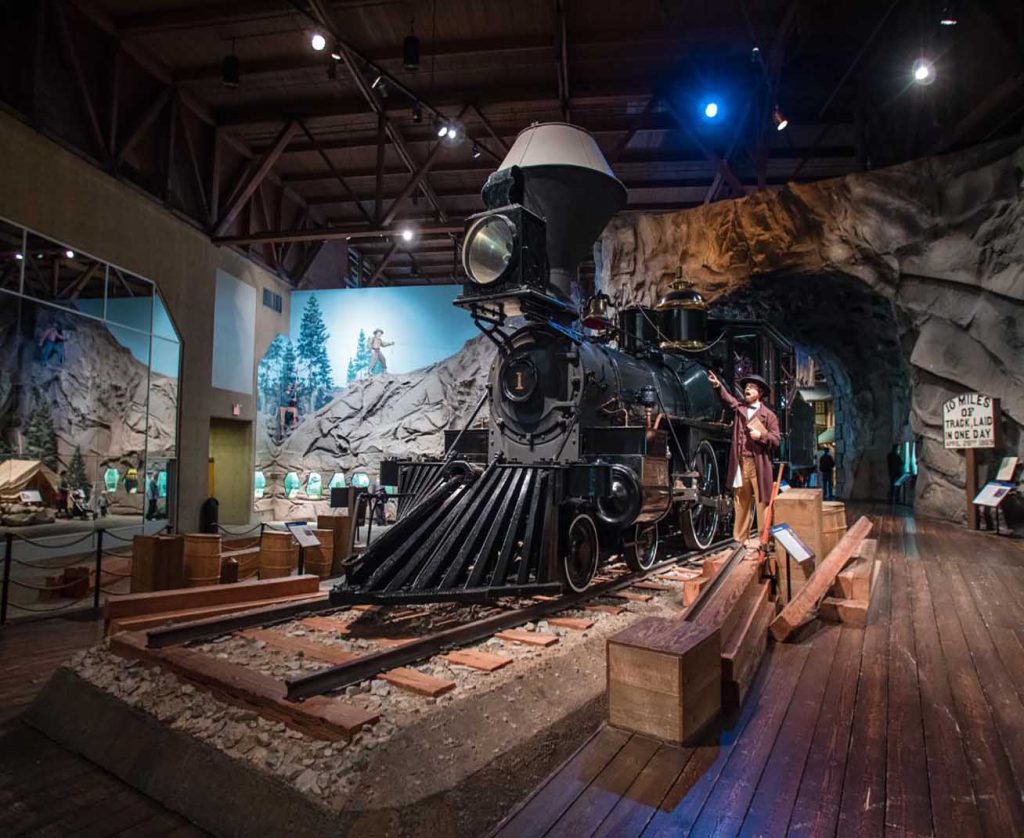
Planning Travel Around Sacramento
For anyone planning a visit, I’ve found several platforms indispensable:
- Flights: Skyscanner and Google Flights offer reliable comparisons to Sacramento International Airport (SMF).
- Accommodations: Booking.com, Hotels.com, and Expedia cover downtown hotels near the landmarks.
- Restaurant Reservations: OpenTable is excellent for popular spots in Midtown and Old Sacramento.
- Tours & Tickets: Viator and GetYourGuide help pre-book guided tours and entry to museums like the California State Railroad Museum and Crocker Art Museum.
Booking ahead not only secures spots but often unlocks discounted rates, early access, or guided experiences that enhance your visit.
Tips for Enjoying Landmarks Fully
- Start early: Many landmarks are quieter in the morning, making photography and contemplation easier.
- Wear layers: Sacramento weather can shift quickly, especially near the river or open parks.
- Use public transit: MAX light rail and buses connect many landmarks. I often combine walking and transit for a stress-free day.
- Mix indoor and outdoor: Balance museums with riverside walks or park time to avoid fatigue.
- Engage with staff and guides:
They often share stories and hidden details not found in guidebooks.
Sacramento’s landmarks are more than structures—they are living stories. Each building, each street, and each museum tells a part of the city’s past, present, and aspirations. Exploring them has been one of my most rewarding travel experiences, blending education, culture, and a genuine sense of place. The city invites you to slow down, look closely, and step into its history, one landmark at a time.
